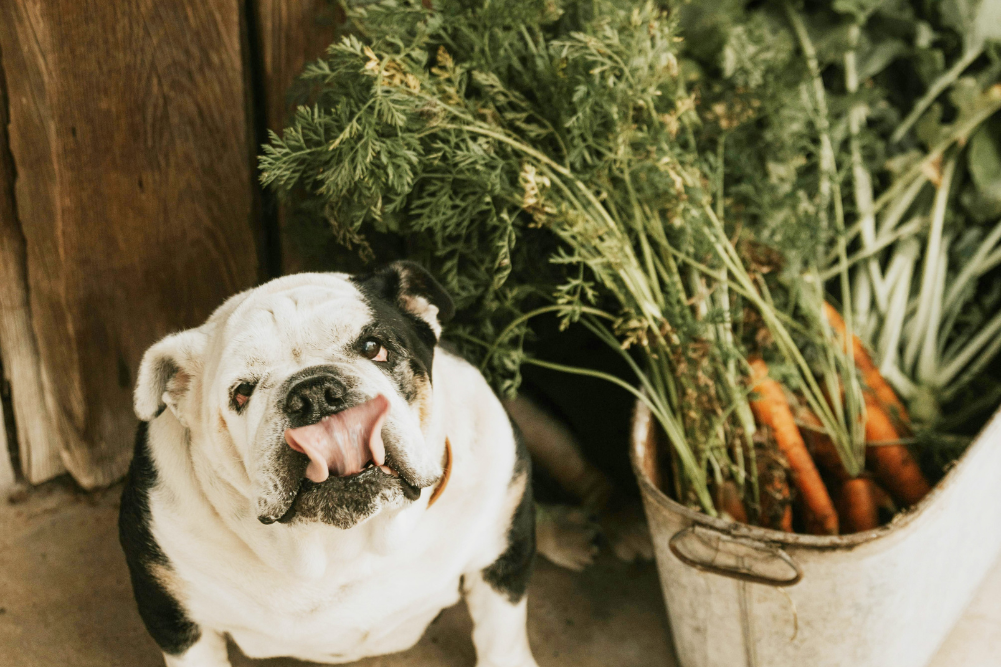Using friends to repel pests
This is not an article about roping in your mates to pick the caterpillars off your cabbages. A gentler way, of using plants to repel pests from other plants, is also known as a form of companion planting. Plants can protect their companions from pests by changing the way they look or by changing the way they smell. Different pests recognise their food sources in different ways. But a general rule is the more you interplant and disguise the pest-prone plant, the fewer pests you’ll have. Plant 10 cabbages together and you’ll probably lose them to caterpillars. Interplant them with 10 celery bushes, 20 silver beet plants, and a few lines of peas and you should have a few caterpillars if any.
I’ve found that disguising the way plants look is more effective than disguising their scent — the scent of overripe citrus, for example, is so strong that stink bugs can identify it despite many other competing aromas. But some highly scented plants are also useful as “shape-shifters”.
Coriander
Coriander is one of my favourite herbs because I love eating it and therefore grow a large amount among the cabbages and broccoli. Coriander has a reputation for repelling aphids and other sapsuckers. Plants need to be surrounded by the coriander, which is most effective when flowering, but so far it seems to be effective even when it isn’t.
Fennel
Fennel repels fleas if by any chance you can convince your cats or dogs to lie on a bed of it, fresh or dried. It repels other pests too, but to be effective you need lots, not just a few gone-to-seed plants but a thick hedge. Flowering fennel, however, attracts an enormous range of predators. Let it grow wild round your orchard, especially to lure predators that will help control codling moth. I mostly grow bronze fennel, which looks gorgeous and makes an excellent tea or sauce, but the thick-bulbed culinary fennel is just as effective.
Pelargoniums
What we call geraniums are usually pelargoniums and the scented varieties are excellent pest repellents, especially when grown up young citrus trees to repel stink bugs or citrus caterpillars. Your bright red- flowered ordinary non-scented pelargonium/geranium won’t have any effect at all, except to lift your spirits with its hardy beauty.
I’ve found the most effective to be the slightly sticky ivy-leafed spice-scented pelargonium, the soft downy- leafed peppermint pelargonium, and the lemon-scented and rose-scented geranium. The stronger the scent, the more effective they are, so sniff before you buy.
Marigolds
Marigolds are reputed to be the best of pest repellents. The root secretions of marigolds inhibit the root knot nematodes. Unfortunately, they are not effective on the most common pest nematodes in Australia, the root lesion nematodes. Note that most nematodes help rather than harm your plants.
Marigold leaves are strongly scented, so should repel sapsuckers, but in our trials here they seem to attract both aphids and bean fly, possibly because their growth slightly inhibits the growth of other vegetables grown next to them, and the less thrifty plants may be more pest prone.
The perennial or “pineapple” marigold is a gorgeous bush growing to about two metres high and wide, with strong and delightful fruit-scented leaves, unlike the scent of other marigold leaves. It will grow to about 1.5 metres high and wide and bloom all winter, but needs a firm pruning after blooming or it gets straggly. It seems to repel aphids and other sapsuckers from roses and helps keep stink bug and other pests from citrus, as well as helping to keep woolly aphids away from over-pruned apple trees attracted by the scent of the tree’s sap.
Nasturtiums
Nasturtium’s mustard-scented foliage repels pests, and the shape of its leaves and flowers disguises
veggies from the pests which might prey on them. It doesn’t matter what colour the flowers are. But you need a heck of a lot of nasturtium twining up the trees or through the garden to be useful. In cold climates, nasturtiums are a summer-only annual. In frost-
free areas they may be a nuisance, with their shade sheltering some pests like snails at the same time as they repel others. Pickle the unripe seed pods; eat the tangy young leaves in salads; fry the flowers in batter or stuff them and stew like zucchini flowers or suck out the nectar as we did as kids.
Rhubarb
A hedge of rhubarb is reputed to repel grasshoppers. It does seem to have a mild deterrent effect, but not enough to deal with a lot of grasshoppers.
Spring onions
Spring onions can be used in large numbers between other veggies to repel sapsuckers, and when in bloom will help repel cabbage white and other butterflies and moths that lay the eggs that hatch into caterpillars. They are only effective with plants that are lower or not much taller than themselves such as broccoli. Spring onions, though, can be subject to aphids and other pests themselves. I’ve found that growing them with tomatoes appears to help keep the spring onions pest-free.
Tomatoes
This brings me to the true queen of pest repellents: tomatoes. The scent of tomato foliage is strong; grow them under sweet corn for helianthus caterpillars or to repel cabbage white butterflies or bean fly or onion fly. Shelter young cabbage seedlings with tomato plants or grow tomatoes in pots to put with seedlings.
And best of all, of course, you grow delicious tomatoes, too








